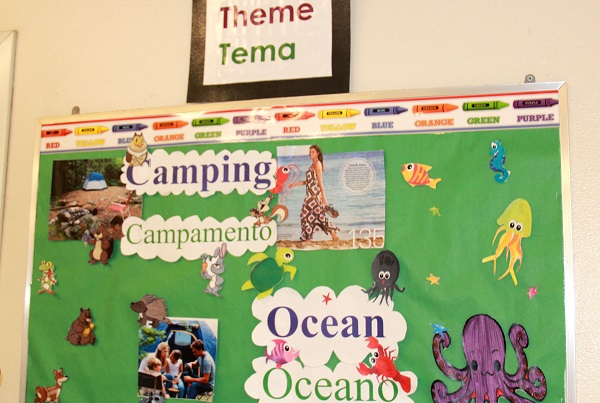Supports for Classroom Language Models for All Children: Step-by-Step Guide
This resource offers sequenced guidance for programs to use as they implement the recommendations in Classroom Language Models: A Leader's Implementation Manual.
 These resources offer information and guidance on the needs of children who are acquiring two or more languages at the same time or are learning a second language while developing their first. Besides dual language learner (DLL), other terms that resources may use when referring to these children include bilingual, English language learner (ELL), Limited English Proficient (LEP), English leaner, and children who speak a Language Other Than English (LOTE).
These resources offer information and guidance on the needs of children who are acquiring two or more languages at the same time or are learning a second language while developing their first. Besides dual language learner (DLL), other terms that resources may use when referring to these children include bilingual, English language learner (ELL), Limited English Proficient (LEP), English leaner, and children who speak a Language Other Than English (LOTE).
The Policy Statement on Supporting the Development of Children Who Are Dual Language Learners in Early Childhood Programs provides recommendations to early childhood programs that promote the development and learning of young children who are DLLs. It also provides support for language revitalization efforts within tribal early childhood programs.
Find related DLL program assessment resources.
This resource offers sequenced guidance for programs to use as they implement the recommendations in Classroom Language Models: A Leader's Implementation Manual.
One-third of the children in Head Start programs are dual language learners (DLLs) who are learning English while also learning their home language. Virtually all of these children will code switch. In other words, they mix two or more languages in the same sentence while speaking. It is important that teachers, home visitors, and other staff understand what code switching is, the role it plays in language development, and how to respond to it.
Find tips classroom staff and home visitors can use when they do not speak the languages of the children in their care.